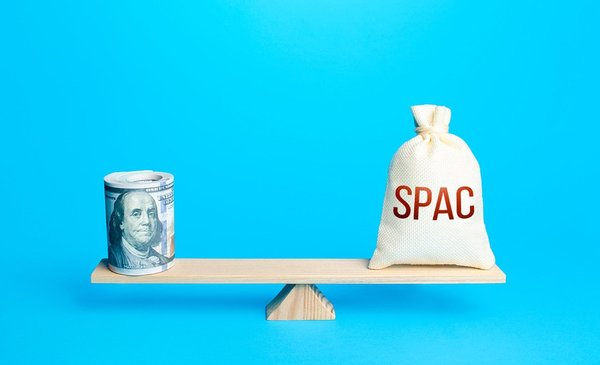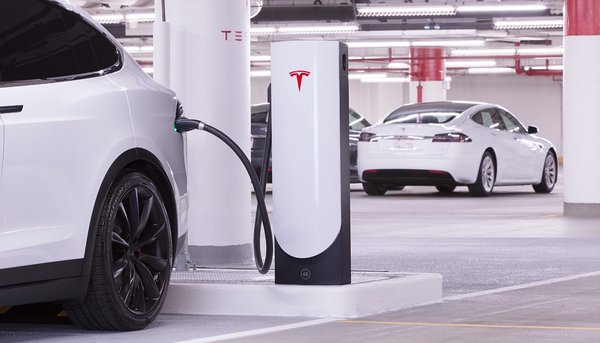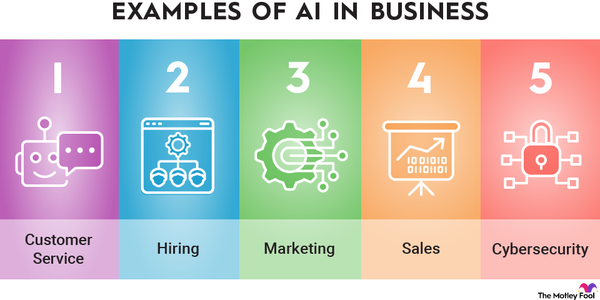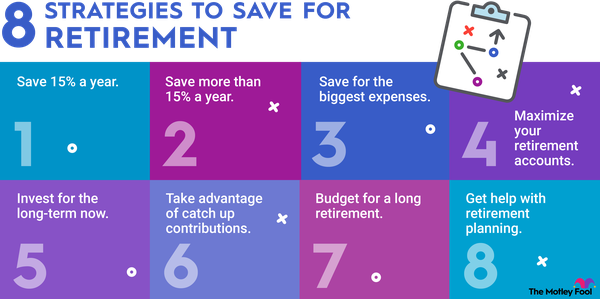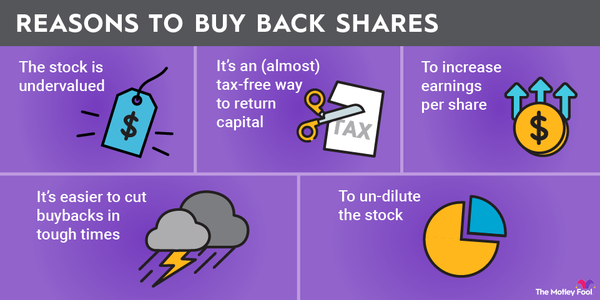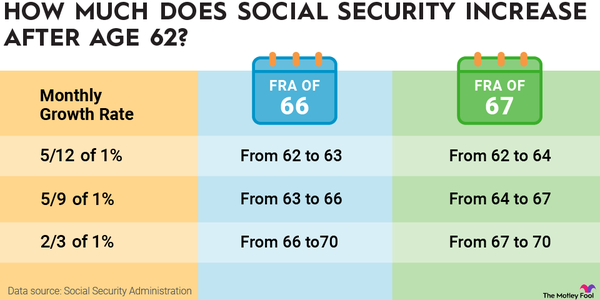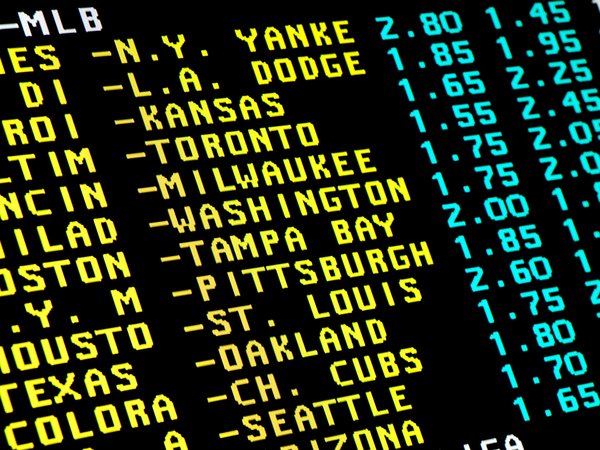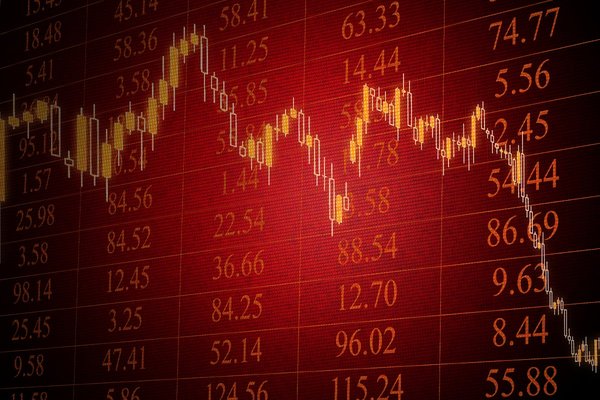Tether (CRYPTO:USDT) now holds $149.3 billion in attested reserves. That’s more than Schwab (NYSE:SCHW) and Interactive Brokers (NASDAQ:IBKR) report in customer cash balances but orders of magnitude less than the trillions of dollars in customer deposits the largest banks are liable for. Circle’s USDC (CRYPTO:USDC) adds another $62.6 billion, pushing total stablecoin reserves above $210 billion.
That puts the largest stablecoins in the same financial tier as midsize legacy brokerages but well behind the trillions in customer deposits held by major banks like JPMorgan (NYSE:JPM), Bank of America (NYSE:BAC), and Wells Fargo (NYSE:WFC).
It’s worth noting that many of the largest brokerages like Vanguard and JPMorgan do not publicly report customer cash balances or assets held for customers in comparable terms. For consistency, we’ve focused on customer payables or attested reserves when making comparisons to brokerages, which reflect liquid, client-held assets.
Stablecoins assets versus brokerages and banks
Stablecoin assets versus brokerage and bank assets
| Institution | Type | Assets Held for Customers |
|---|---|---|
| Tether | Stablecoin | $149.3 billion (attested reserves) |
| Circle (USDC) | Stablecoin | $62.6 billion (attested reserves) |
| Morgan Stanley (NYSE:MS) | Brokerage | $201.7 billion (customer and other payables) |
| Interactive Brokers | Brokerage | $120.7 billion (payables to customers) |
| Charles Schwab | Brokerage | $100.6 billion (payables to brokerage clients) |
| Robinhood (NASDAQ:HOOD) | Brokerage | $7.1 billion (payables to users) |
| JPMorgan | Bank | $2.1 trillion (total deposits) |
| Bank of America | Bank | $1.9 trillion (total deposits) |
| Wells Fargo | Bank | $1.4 trillion (total deposits) |
| Citigroup (NYSE:C) | Bank | $773 billion (total deposits) |
Stablecoin reserves are closing the gap with some brokerages but not the largest ones. And they’re far from being comparable to major banks, which manage hundreds of billions or even trillions of dollars’ worth of customer deposits.
Tether’s $149.3 billion in attested reserves is more than Charles Schwab’s reported payables to brokerage clients and almost on par with Interactive Brokers’ $120.7 billion reported payables to customers. But that’s still more than 10 times less than the customer deposits JPMorgan, Bank of America, and Wells Fargo are each responsible for.
Tether, which is the largest stablecoin by far, has been frequently scrutinized over transparency and the quality of its reporting of its reserves. Recent third-party audits have helped improve credibility, but concerns remain, highlighting a key difference between regulated banks and brokerages and stablecoin providers.
The two major stablecoins, Tether and Circle, account for $211.9 billion in customer-held assets, which are higher than Fidelity and Schwab’s combined payables to brokerage clients but less than Morgan Stanley’s.
What do stablecoin assets signal about the future of crypto?
Tether and Circle together now hold more than $210 billion in client funds. That’s on par with some top U.S. brokerages but behind the largest ones and well below the trillions in customer deposits that the largest banks handle. JPMorgan alone holds $2.1 trillion in customer deposits – more than 10x the total of all major stablecoins combined.
Still, the growing popularity of stablecoins and their potential to bypass fees and expenses charged by traditional payment processors like Visa (NYSE:V) and Mastercard (NYSE:MA) have led some major retailers to reportedly look into launching their own stablecoins.
Investors and retailers might be beginning to think about treating stablecoins as cash alternatives, not just trading tools. As stablecoins draw more interest, regulatory scrutiny is likely to go hand in hand with integration into traditional finance.
Sources
- Circle (2025). "Independent Accountants' Report." Prepared by Deloitte as of May 30, 2025.
- FDIC (2025). “BankFind Suite: Find Institution Financial & Regulatory Data.”
- Tether (2025). "Independent Auditor's Report on the Financials Figures and Reserve Report." Prepared by BDO as of March 31, 2025.

















